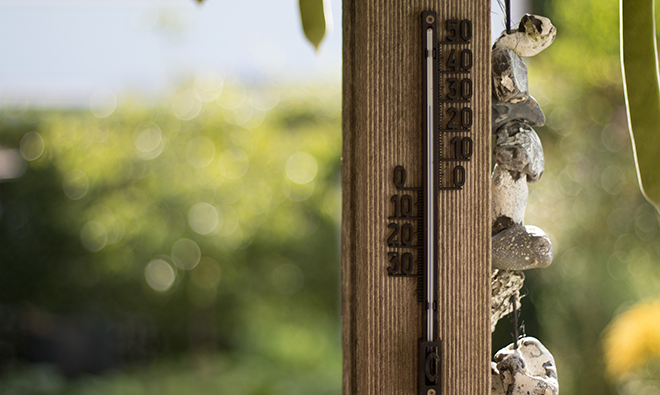The Estonian network of the SEAS project is led by Energy Discovery Centre (EDC), a Tallinn-based science centre focusing on the topics of energy, electricity, and other natural phenomena. The EDC’s mission is to support the formal education system in learning and teaching STEM subjects and overarching themes of the curricula, including care for the environment and sustainable development. As a non-formal education partner for the local schools, the EDC was interested in exploring different methods of teaching about sustainability and getting the students’ feedback on what they valued most about the learning process.
So what did the EDC educators actually do with the students? The aim of this blog post is to share ideas and perhaps even inspire educators who have the responsibility and the privilege to stand in front of a class every day.
Here are three examples of assignments given to the EDC students aged 12 – 14 and the students’ thoughts:
1) Outdoors measuring assignment: in which environment do humans feel good?
A classic assignment of having students measure different phenomena with measuring tools and marking down the measured values with paper and pen. The educator took the group of students out of the EDC building, which is situated by the coastline, but also right next to very busy traffic in the centre of Tallinn. The students had work sheets with 3 environmental factors: noise, relative air humidity, and air temperature. Students were asked to measure each of these three in three different locations (in the street, by the seaside, inside the centre), mark down the results, and calculate an average result. Each student worked separately, later on the results were reflected upon in a group. How did we feel in an environment with more decibels, higher temperature or a lower percentage of humidity?
2) Clean out a drawer and cook dinner!
During a time of seemingly never-ending distance learning, educators everywhere struggled with keeping their students engaged. EDC educators tried to use the time students spent at home with their families to draw attention to the seemingly minor things in the students’ everyday life and the effects of their choices on the environment.
For instance, students got the assignment (via a Zoom class) to choose a drawer, clear it out, and decide whether to keep, donate or recycle the contents. The activity was supplemented by a work sheet to help with the inventory and a guideline for recycling objects. In the next online class students were invited to reflect on their experience.
The second, somewhat similar assignment was a parent-favourite. Students were asked to choose a recipe (pasta, pizza or dessert) and cook a meal for their family. They were also given a work sheet to note all the ingredients of the meal, and to write from which country each ingredient was from. Then, with the help of an online calculator, students calculated the distance from their home and the amount of CO2 generated by transporting the ingredient to them. The worksheet also asked students to fill in info about the ingredients’ packaging, how to recycle the packaging and suggestions for what to do with leftovers.
3) Storyline method: let’s step into someone else’s shoes and discuss
The storyline method (See more: http://www.storyline-scotland.com/what-is-storyline-2/) starts with teachers and students creating a setting, then characters, and then playing through a story based on the background and positions of the characters. The EDC educators adapted the model of the storyline method: as time with the students was limited to 90 minutes, they presented the students with various characters to choose from and adapt (and to colour and illustrate on paper) as they liked. The educators also presented the group a setting of a town in which an amusement park was to be built. Each character had their own opinion about the park and their own interests to follow. Based on the discussions in the group, decisions were made about building the amusement park, and a consensus reached. The method, on the whole, enables the students to design the storyline based on (curricular) knowledge and try out different skills.
Student reactions
What did the students think of these methods? The outdoors measuring assignment and the story line method were brought up as the most interesting. Though less mentioned by students, the home assignments of cleaning out a drawer and cooking a meal were brought up by the interviewed parents – partly because those were the most visible to them. Students most valued activities that gave them the possibility to do something themselves, combining real, authentic experiences (often also hands-on activities) and autonomous action. This gave students the possibility not only to act but to discuss, reflect, and make meaningful choices, as well as make mistakes to learn from along the way.








